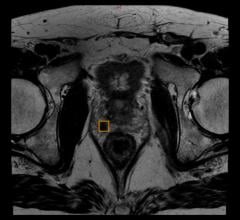July 9, 2007 – The U.S. Army Medical Research and Materiel Command Breast Cancer Research Program has granted $1.36 million over four years to The City College of New York (CCNY) and Memorial Sloan-Kettering Cancer Center (MSKCC) for the evaluation of near-infrared light’s use to detect and diagnose breast cancer and assess tumor aggressiveness.
“Our goal is to use near-infrared light to get images of tumors and try to determine whether they are malignant or benign,” said Swapan Gayen, professor of Physics and principal investigator for the project. “We also want to be able to distinguish between slow and fast-growing breast tumors, and assess how rapidly tumors are growing.”
Near-infrared light allows researchers to change the wavelength and color of the light to detect different types of molecules found in the breast, such as hemoglobin, lipids, proteins and water. “It’s essentially molecular spectroscopy, and it provides diagnostic potential,” said Gayen. “MRI can provide similar information, but it is more expensive and not readily available.”
According to CCNY, Gayen and his colleagues plan to construct a model breast with known tumors using tissue samples to determine if it can obtain an image, locate tumors and distinguish between tumor and normal tissue. They will then compare their findings to results from X-rays and MRI.
In order to measure the rate of tumor growth, the researchers will implant different types of known tumors in animal models and monitor their progress using conventional methods and near-infrared light, with the hope of conducting in vivo research in the future.
For more information: www. ccny.cuny.edu
News | July 08, 2007
© Copyright Wainscot Media. All Rights Reserved.
Subscribe Now


 July 02, 2024
July 02, 2024 








